Ozzy Osbourne: Discovering a Metal Mastermind's Path
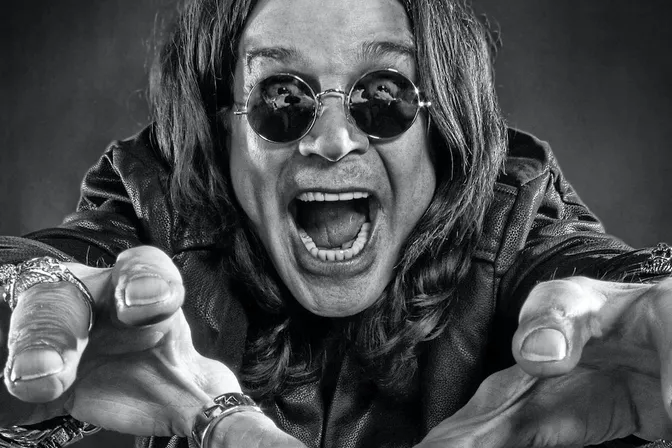 Photo Credit: Ozzy Osbourne's Public Facebook Page
Photo Credit: Ozzy Osbourne's Public Facebook PageOzzy Osbourne’s journey from Black Sabbath frontman to solo metal icon is a fascinating tale of musical evolution. Let’s explore Ozzy’s recording history, focusing on producers, studios, dates, and the equipment that helped create his legendary sound.
The Black Sabbath Years (1968-1979)
Ozzy’s recording career began with Black Sabbath, pioneering the heavy metal genre and setting the stage for his future solo work.
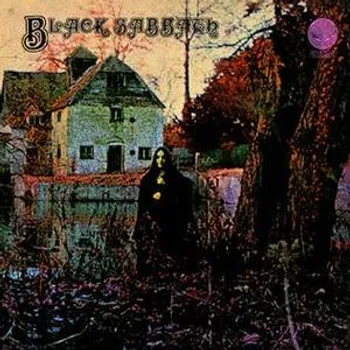
Black Sabbath (1970)
- Producer: Rodger Bain
- Recorded: October 16, 1969
- Location: Regent Sound Studios, London
- Equipment: 8-track recorder, minimal overdubs
- Technique: Live-in-studio recording to capture the band’s raw energy
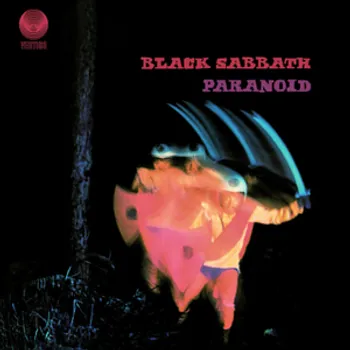
Paranoid (1970)
- Producer: Rodger Bain
- Recorded: June 1970
- Location: Regent Sound Studios and Island Studios, London
- Equipment: 16-track recorder
- Technique: More overdubs used, but still primarily live recording
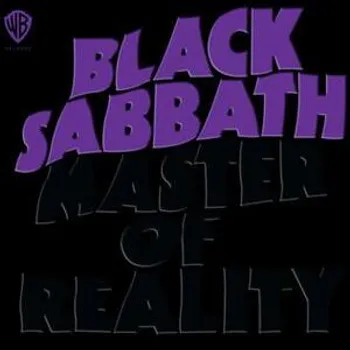
Master of Reality (1971)
- Producer: Rodger Bain
- Recorded: February-April 1971
- Location: Island Studios, London
- Equipment: 16-track recorder
- Technique: Experimented with drop tuning to C# for a heavier sound
The Solo Career Begins (1980-1986)
After leaving Black Sabbath, Ozzy embarked on a solo career that would cement his status as the Prince of Darkness.
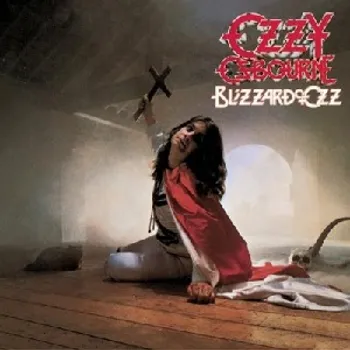
Blizzard of Ozz (1980)
- Producer: Max Norman
- Recorded: March-April 1980
- Location: Ridge Farm Studio, Surrey, England
- Equipment: 24-track analog recorder, SSL console
- Technique: Extensive use of overdubs and layering for a fuller sound
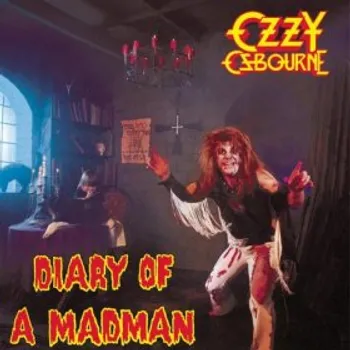
Diary of a Madman (1981)
- Producer: Max Norman
- Recorded: February-March 1981
- Location: Ridge Farm Studio, Surrey, England
- Equipment: Similar to Blizzard of Ozz
- Technique: More complex arrangements and guitar layering
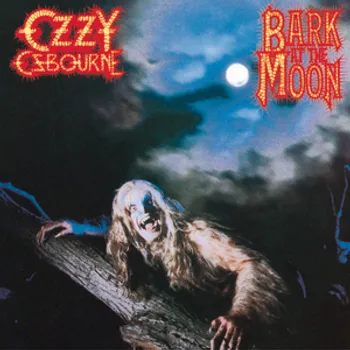
Bark at the Moon (1983)
- Producer: Bob Daisley
- Recorded: Spring 1983
- Location: Ridge Farm Studio, Surrey, England
- Equipment: 24-track analog, early use of digital effects
- Technique: Incorporated more synthesizers and electronic elements
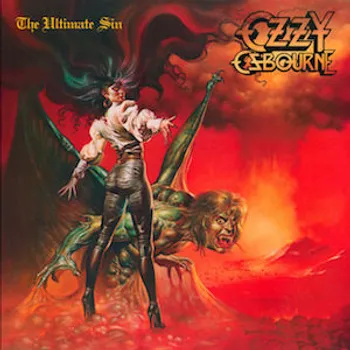
The Ultimate Sin (1986)
- Producer: Ron Nevison
- Recorded: 1985
- Location: Cherokee Studios, Los Angeles
- Equipment: SSL console, early digital recording techniques
- Technique: Polished, radio-friendly production with emphasis on big choruses
The Rise of Zakk Wylde and Bob Rock (1988-1995)
This era saw Ozzy collaborating with young guitar virtuoso Zakk Wylde and working with renowned producer Bob Rock.
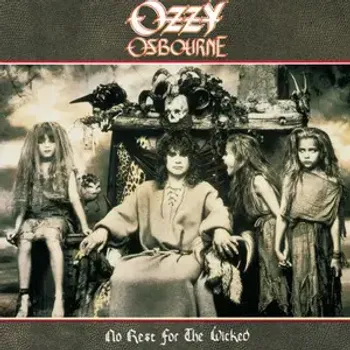
No Rest for the Wicked (1988)
- Producer: Roy Thomas Baker, later replaced by Keith Olsen
- Recorded: January-March 1988
- Location: Puk Recording Studios, Denmark
- Equipment: SSL console, Studer A800 tape machine
- Technique: Focused on capturing Zakk Wylde’s guitar tone
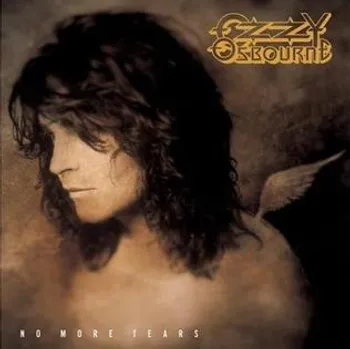
No More Tears (1991)
- Producer: Duane Baron, John Purdell
- Recorded: 1991
- Location: Various studios in Los Angeles
- Equipment: Digital recording, extensive use of MIDI
- Technique: Blended hard rock with more melodic elements
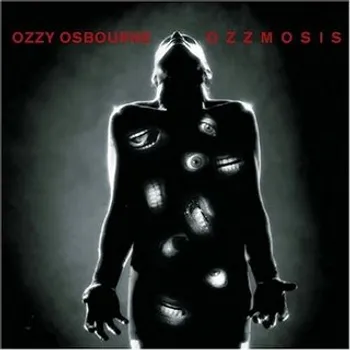
Ozzmosis (1995)
- Producer: Michael Beinhorn
- Recorded: 1994-1995
- Location: Guillaume Tell Studios, Paris; Right Track Studios, NYC
- Equipment: Mix of analog and digital recording
- Technique: Experimented with different guitar tones and arrangements
The Ozzfest Years and Beyond (1997-2010)
As Ozzy became increasingly involved with his Ozzfest tour, his album releases became less frequent but no less impactful.
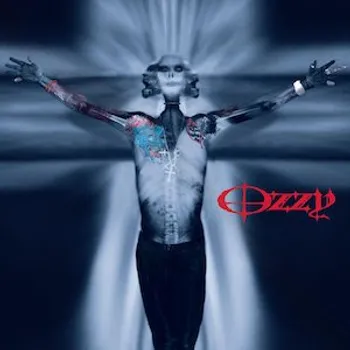
Down to Earth (2001)
- Producer: Tim Palmer
- Recorded: 2000-2001
- Location: Henson Recording Studios, Los Angeles
- Equipment: Pro Tools digital recording system
- Technique: Incorporated modern rock production techniques
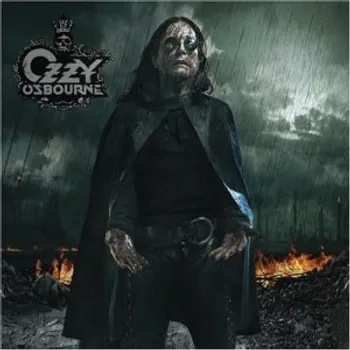
Black Rain (2007)
- Producer: Kevin Churko
- Recorded: 2006-2007
- Location: Churko’s home studio in Las Vegas
- Equipment: Fully digital recording using Pro Tools
- Technique: Heavy use of digital editing and modern metal production
.CIiMMrAJ_6sDln.webp)
Scream (2010)
- Producer: Kevin Churko
- Recorded: 2009-2010
- Location: Churko’s The Hideout Recording Studio, Las Vegas
- Equipment: Pro Tools, extensive digital processing
- Technique: Blended classic Ozzy sound with contemporary metal production
The Modern Era (2020-Present)
After a decade-long gap, Ozzy returned with a vengeance, collaborating with producer Andrew Watt.
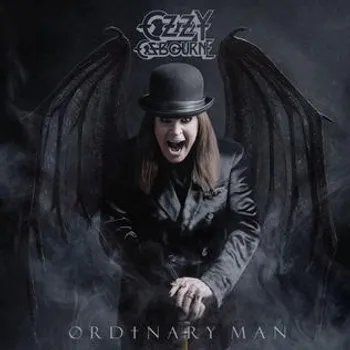
Ordinary Man (2020)
- Producer: Andrew Watt
- Recorded: 2019
- Location: Various home studios in Los Angeles
- Equipment: Pro Tools, blend of vintage and modern gear
- Technique: Collaborative approach with various guest musicians, quick recording process

Patient Number 9 (2022)
- Producer: Andrew Watt
- Recorded: 2021-2022
- Location: Various studios in Los Angeles and Nashville
- Equipment: Mix of analog and digital recording techniques
- Technique: Emphasis on capturing live performances from guest musicians
Throughout his career, Ozzy’s recording techniques have evolved with technology. Early albums were recorded on analog equipment with minimal overdubs, capturing the raw energy of live performances. As technology advanced, producers incorporated more layering, effects, and digital editing to create Ozzy’s signature sound.
The transition from analog to digital recording in the late ’90s and early 2000s allowed for more precise editing and processing. Recent albums have blended vintage equipment with modern digital techniques, creating a sound that’s both classic and contemporary.
Ozzy’s willingness to adapt to new recording technologies and techniques, while maintaining his distinctive vocal style, has been key to his longevity in the music industry. Each producer brought their own approach, from the raw energy of early recordings to the polished productions of recent years, contributing to Ozzy’s diverse and enduring catalog.
Awards and Accolades
Throughout his career, both as a solo artist and as a member of Black Sabbath, Ozzy Osbourne has received numerous awards and honors. Here’s a list of some of his most significant accolades:
Grammy Awards
- 1994: Best Metal Performance for “I Don’t Want to Change the World” (Live version)
- 2014: Grammy Lifetime Achievement Award (as a member of Black Sabbath)
Ivor Novello Awards
- 2005: Lifetime Achievement Award
Kerrang! Awards
- 2002: Kerrang! Icon Award
- 2004: Kerrang! Legend Award
Metal Hammer Golden Gods Awards
- 2005: Golden God Award
Classic Rock Roll of Honour Awards
- 2008: Living Legend Award
MTV Europe Music Awards
- 2014: Global Icon Award (as a member of Black Sabbath)
UK Music Hall of Fame
- 2005: Inducted as a member of Black Sabbath
- 2006: Inducted as a solo artist
Rock and Roll Hall of Fame
- 2006: Inducted as a member of Black Sabbath
UK Music Hall of Fame
- 2005: Inducted (with Black Sabbath)
Hollywood Walk of Fame
- 2002: Star on the Hollywood Walk of Fame
Birmingham Walk of Stars
- 2007: Star on the Birmingham Walk of Stars
Guinness World Records
- 2010: Longest scream by a crowd (110 decibels)
Classic Rock Awards
- 2015: Album of the Year (for Black Sabbath’s “13”)
NME Awards
- 2004: Godlike Genius Award
These awards represent just a portion of the recognition Ozzy has received over his long and influential career. They reflect his significant impact on rock and metal music, both as a solo artist and as a member of Black Sabbath. Ozzy’s contributions to music have been celebrated across multiple decades and by various organizations within the industry.
Famous Mixing Techniques & Approaches
Throughout Ozzy Osbourne’s career, various mixing techniques have been employed to create his signature sound. Here are some of the most notable approaches:
1. The “Wall of Sound” Approach
- Inspired by Phil Spector’s technique, this approach was used particularly in early Black Sabbath recordings and some of Ozzy’s solo work.
- Involves layering multiple instruments and vocal tracks to create a dense, powerful sound.
- Example: The thick, heavy sound on tracks like “War Pigs” from Paranoid.
2. Guitar Layering
- A technique heavily used in Ozzy’s solo career, especially with guitarists like Randy Rhoads and Zakk Wylde.
- Involves recording multiple guitar tracks and panning them to create a wide, immersive guitar sound.
- Example: The intricate guitar work on “Crazy Train” from Blizzard of Ozz.
3. Vocal Double-Tracking
- Ozzy’s vocals are often double-tracked to add thickness and power to his voice.
- This technique involves recording the same vocal line twice and layering them together.
- Example: The chorus of “No More Tears” showcases this technique effectively.
4. Use of Room Ambience
- Especially in earlier recordings, the natural reverb of the recording space was often used to add depth.
- This technique gives a more organic feel to the recordings.
- Example: The spacious sound on “Planet Caravan” from Paranoid.
5. Dynamic Contrast
- Mixing engineers often emphasize the contrast between quiet verses and loud choruses in Ozzy’s songs.
- This approach enhances the dramatic impact of the music.
- Example: The verse-chorus transitions in “Mama, I’m Coming Home” from No More Tears.
6. Prominent Bass Mix
- Ozzy’s music often features a prominent, clearly audible bass line in the mix.
- This adds depth and heaviness to the overall sound.
- Example: The distinctive bass line in “N.I.B.” from Black Sabbath’s debut album.
7. Use of Effects in Mixing
- Various effects like flanging, phasing, and chorus have been used to enhance Ozzy’s recordings.
- These effects add texture and interest to the sound.
- Example: The guitar effects on “Mr. Crowley” from Blizzard of Ozz.
8. Stereo Imaging Techniques
- Careful placement of instruments in the stereo field to create a wide, immersive soundstage.
- This technique became more sophisticated as recording technology advanced.
- Example: The expansive mix on “Shot in the Dark” from The Ultimate Sin.
9. Modern Digital Processing
- In more recent albums, digital processing has been used to enhance and tighten the sound.
- Techniques include drum sample reinforcement and precise editing.
- Example: The polished production on tracks from Ordinary Man.
10. Balancing Rawness and Polish
- Throughout Ozzy’s career, producers have aimed to balance the raw energy of his performance with a polished, professional sound.
- This approach maintains the excitement of live performance while ensuring radio-friendly production.
- Example: The production on “Perry Mason” from Ozzmosis strikes this balance well.
These mixing techniques and approaches have evolved over time, adapting to changing technology and musical trends. However, they have consistently aimed to support Ozzy’s powerful vocals and the heavy, melodic nature of his music. The result is a distinctive sound that has remained recognizable and influential throughout Ozzy’s long career.
Ozzy on Music and Musicianship
Throughout his career, Ozzy Osbourne has shared many insights about music, his approach to it, and the music industry. Here are some of his most notable quotes:
On the power of music:
“Music is the biggest communication tool in the world. It’s a universal language.”
On his musical philosophy:
“I’m not a musician; I’m a performer. I can’t read music. I don’t know how to play any musical instruments. But I can perform.”
On songwriting:
“I don’t write songs to be hits. I write songs to touch people’s hearts.”
On the importance of passion:
“If you’re passionate about what you do, you’ll never work a day in your life.”
On his vocal technique:
“I’m not a great singer, but I’m passionate about what I do. I put my heart and soul into every performance.”
On the evolution of his music:
“I’ve never tried to be what’s trendy. I just do what I do, and if it works, great. If it doesn’t, I’ll go back to the drawing board.”
On the music industry:
“The music business is a crazy game, especially for somebody like me who is really a purist about the art form.”
On performing live:
“Nothing beats the feeling of walking on stage and giving it your all. It’s like a drug.”
On his longevity in the music industry:
“I’m not here to be a role model. I’m here to make music and entertain people.”
On the impact of Black Sabbath:
“We didn’t know we were making history. We were just four guys from Birmingham trying to make a living.”
On collaboration:
“The best music comes from working with people who challenge you and bring out the best in you.”
On staying relevant:
“You’ve got to keep reinventing yourself. If you stand still, you’re dead.”
On his musical legacy:
“I don’t want to be remembered as just the ‘crazy’ guy. I want to be remembered as someone who made people happy through music
Final Thoughts
Ozzy Osbourne’s journey from a working-class kid in Birmingham to the “Prince of Darkness” and a global rock icon is nothing short of extraordinary. His career, spanning over five decades, has left an indelible mark on the landscape of heavy metal and rock music.
As a founding member of Black Sabbath, Ozzy helped birth the heavy metal genre, creating a sound that would influence countless bands for generations to come. His subsequent solo career demonstrated his ability to evolve and stay relevant in an ever-changing music industry, producing hit albums and unforgettable anthems that have stood the test of time.
Ozzy’s impact extends far beyond his music. His larger-than-life personality, controversial antics, and eventual transformation into a beloved family man on “The Osbournes” TV show have made him a true pop culture phenomenon. He has become a symbol of rock and roll excess, resilience, and ultimately, redemption.
Despite facing numerous personal challenges, including battles with substance abuse and health issues, Ozzy has shown remarkable perseverance. His ability to overcome these obstacles and continue creating music is a testament to his passion and dedication to his craft.
Ozzy’s influence on rock music is immeasurable. He has inspired countless musicians, helped define the aesthetic and attitude of heavy metal, and pushed the boundaries of what’s possible in rock performance. His distinctive voice, charismatic stage presence, and iconic songs have earned him a place in the pantheon of rock legends.
As we look back on Ozzy’s career, it’s clear that his legacy is secure. Whether as the front man of Black Sabbath, a successful solo artist, or a television personality, Ozzy Osbourne has left an enduring imprint on music and popular culture. He remains, undoubtedly, one of the most significant and influential figures in the history of rock music.
Even as he approaches his later years, Ozzy continues to create and perform, proving that rock and roll truly has no age limit. His journey serves as an inspiration not just to aspiring musicians, but to anyone who dares to dream big and refuses to be defined by their circumstances or setbacks.
In the annals of rock history, Ozzy Osbourne will forever be remembered as a pioneer, a survivor, and above all, a legend who helped shape the sound and spirit of heavy metal.
Back